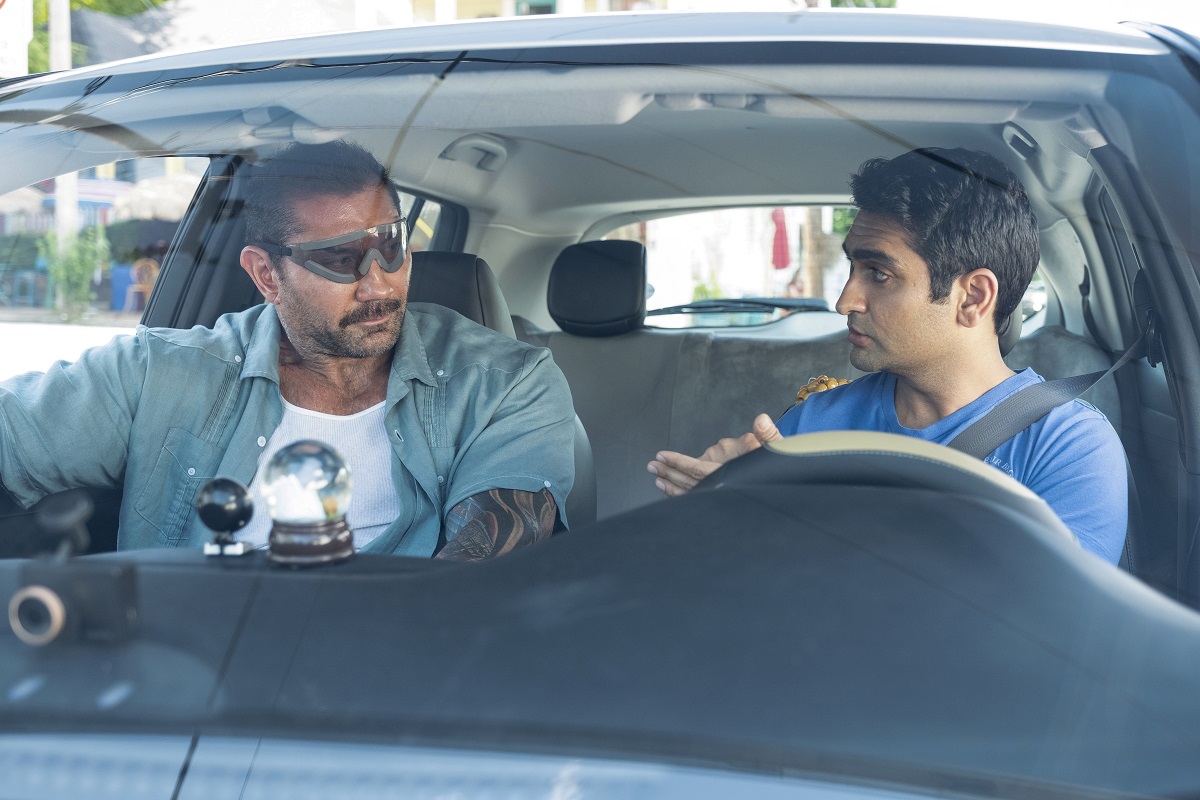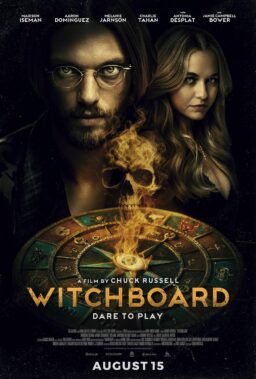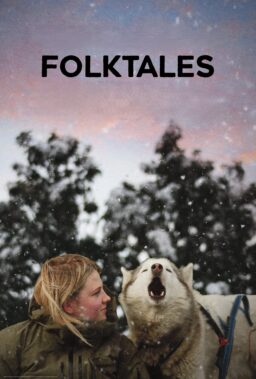There was a time, young readers, when the R-rated buddy comedy was a regular commodity at the multiplex. In the ‘80s and ‘90s, films like “Lethal Weapon” and “Midnight Run” provided R-rated comedy to moviegoers in ways that we just don’t see that often in 2019. Here comes “Stuber,” an old-fashioned buddy movie with an inspired oil-and-water pairing in Kumail Nanjiani and Dave Bautista. The “Silicon Valley” and “Avengers: Endgame” stars bring their very different screen personas to the story of a cop who basically commandeers an Uber driver and his vehicle for a day of chaos and action. The two incredibly charming actors sat down with us in Chicago a few weeks back to talk about making the movie, and we really got into the arts of comedy, action, and even wrestling.
“Stuber” reminded me of a lost subgenre of R-rated buddy comedies from the ‘80s, so what are your favorites?
DAVE BAUTISTA: I think “Lethal Weapon” is the gold standard.
KUMAIL NANJIANI: For me, it’s hard to get away from “Midnight Run”.
DB: [Laughs.] Charles Grodin is SO dry.
KN: He’s so GREAT. They’re so great together. So many people since then have been like “This is going to be like Midnight Run” and you see that it’s SO hard to pull off. We definitely watched that movie a bunch of times to figure out why that one works and other ones…don’t.
So, why does it work?
KN: Well, there’s a lot of reasons. First of all, they have great chemistry. I also think what a lot of these movies do wrong is to have the characters by the end of the movie bond too much. They’re so far apart. Grodin and De Niro’s characters—if they run into each other in a month, they wouldn’t be excited to see each other. They have respect for each other. But they’re OK never seeing each other again. They learn from each other but they’re sorta done with each other. Also, there are only like 2 or 3 softer moments in that movie—the rest of it, they’re at each other’s throat. There’s a chemistry thing that is hard to explain, but those are the keys.
DB: You have two characters who really just want each other’s respect instead of just being “best friends.”

We’ve all seen that movie. But we still need to enjoy seeing you two at the same time on-screen, which is helped greatly by chemistry, so how do you develop that?
DB: With us, it was definitely organic. Can it be developed? I don’t know. For us, it just happened off the bat. We have some mutual friends that helped. And I think we were both in the same position going into this film – wants, hopes, and desires of what it would be and what we would accomplish. I think we were very much on the same page the whole way through.
It’s a tough chemistry to balance because you can’t become best buddies.
KN: No. You want them to be at each other’s throat but that can get tough to watch so how do you do it so that these two people, who really dislike each other for most of the movie, have something like chemistry. I think the fact that we really love each personally translates to the screen.
DB: Absolutely. These are conflicting characters and so if we were conflicting personally we would both just be trying to steal the spotlight. Since we’re on the same page, we want each to have moments within the conflict. We have the same goal at the end of the day.
KN: I’m such a fan of his that I want to see what he’s going to do and not steal from it. I want to enjoy it.
DB: It’s very much like pro wrestling in that it looks like we’re working against each other but really we’re on the same page. We’re dance partners.
And you’re giving a lot more than you’re taking.
DB: Absolutely. Absolutely.
Definitely true in wrestling. And in comedy. You have to give as much as you take, if not more.
KN: Yeah, definitely.

This is comedy-slash-action. How do you balance having the right amount of each to make the film work?
DB: That’s a director question.
KN: I think it’s a lot of trial and error. Again, the trap that a lot of action/comedies fall into is that the comedy can never undercut the reality of the situation. It can’t undercut the stakes. I see movies like this and characters say stuff and I’m like, “Wait, somebody is shooting at you. Why would you say that?”
And this movie directly mocks that.
KN: Right. So I think that’s sort of the trap of the action/comedy. We really wanted it to be something that these characters would do in this situation.
DB: Once it’s all in the can, I think it’s really the director’s job to find that balance.
KN: Certainly. I’m sure it’s a lot of trial-and-error. Where do you want a joke? Tension is coming now and there’s a joke. Sometimes you want to keep the tension so you don’t use the joke in service of the greater good.
DB: I was surprised at how good the action was. I didn’t really have a feel for it until I saw it on-screen.
What was it like to make your first action movie?
KN: I thought it turned out great but I will say that when we were shooting some of those chase scenes—we would do it so many times. We would do a lot of stuff in the car. That takes like three weeks. Now, we’re just doing us looking out of the car and taking a scene that’s maybe two minutes and shooting it over three days, weeks apart. When I say this in the car and then go out the window, those were shot weeks apart and I have to look at that performance and match that so it makes sense. I thought it was challenging. I thought some of it is a little tedious. You really have to get things right. The stunt people were truly, truly amazing. They make it a lot easier. When you’re doing the car chase, there’s a guy on the roof driving the car, which sounds terrifying, but he was so great that we trusted him.
DB: We were along for the ride. He’s right that it can be very tedious, especially when it comes down to physical action. A lot of times when there are so many moving parts, the camera has to pick it up right and you have to go back and adjust things slightly and do it over and over again.
KN: I just did this other movie and I have an actual fight scene. I was sort of trying to copy you, and I watched the footage—it was all choreographed—and I looked at it and realized that in between the moves I wasn’t doing anything.
DB: Yes.
KN: I was just sort of standing there.
DB: It looks like you’re waiting.
KN: I have to string those together and be moving the whole time.
DB: That’s the biggest thing with wrestling. In between, you’re selling. And to create space and distance you’re just selling to make it look natural. If I need to be way over there and I’m way over here, I’ll get up and pretend I’m dizzy and I’ll fall down. I’ll collapse and crawl back up. I’ll do stuff to work my way over. It’s just selling in between those beats.
Isn’t that true in a lot of a comedy too? We’re talking about linking major wrestling or action beats, but telling a joke requires a similar stringing from beat to beat.
KN: Sure, although in stand-up, I don’t really think of it as set-up/punchline. It’s sort of really all one thing. You trust yourself and try and be really conversational. The tricky thing about doing comedy in a movie like this is that you want to hit the punchlines but you don’t want to feel like you’re hitting the punchlines. You have to be in character. A lot of it for me was about trusting the writing. When I first started acting, I would try and be funny at the punchline and I think you have to be real and that’s what works.












